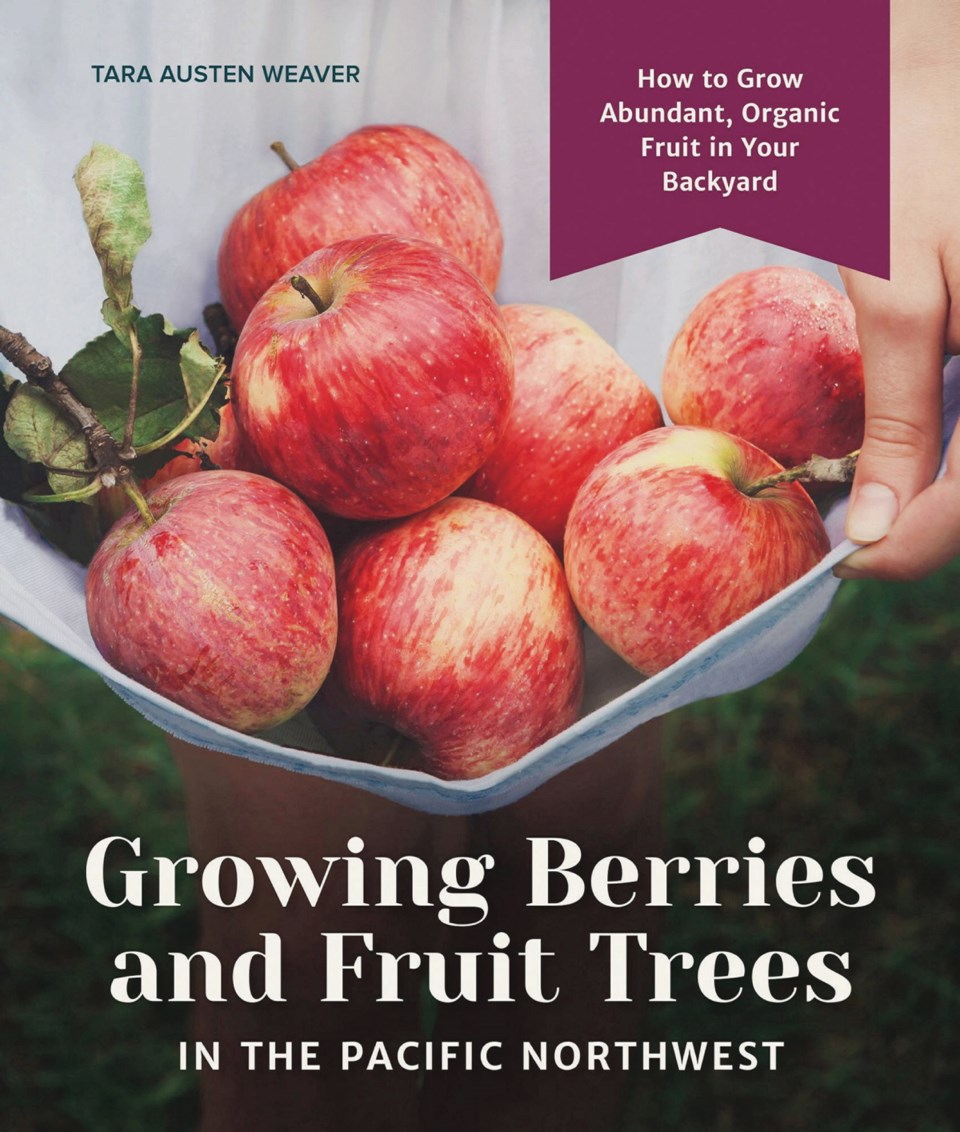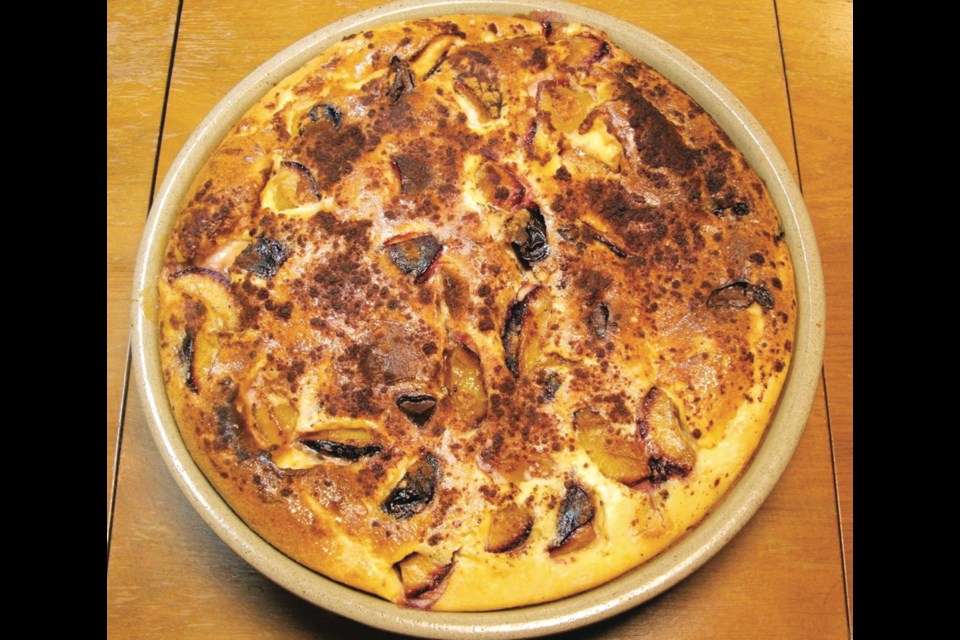I’m finding this winter intriguing, partly because of its mildness and the considerable number of useable gardening days it has delivered, and partly because its pattern has so far coincided with predictions in the Canadian edition of The Old Farmer’s Almanac. The almanac predicts a warmer and rainier winter, with below normal snowfall, and just a few mildly cold periods in December and January.
Today, Groundhog Day, is an amusing if rather dubious predictor of weather. In Canada, different groundhogs are involved. There’s Wiarton Willie in Ontario, Balzac Billy in Alberta, and now there’s our own Van Island Violet (actually, a marmot) to help in predicting when spring will come.
Each one does this when it comes out of its burrow at the end of hibernation. If it is sunny, and the groundhog (or marmot) can see its shadow, that indicates six more weeks of bad weather. A cloudy, that is shadowless, day indicates spring is nigh.
The theory makes a certain sense. In winter, sunny days come with cooler, drier weather while on cloudy days the air is warmer and more humid. As well, the link is commonly made between the awakening of animals from hibernation and the end of winter.
Groundhog Day, Feb. 2, lies midway between the winter solstice and the spring equinox. In the Christian calendar it is Candlemas, marking the presentation of Jesus in the temple. Old English proverbs reflect present day “predictions” of spring’s arrival:
“If Candlemas Day be fair and bright
Winter will have another flight
If Candlemas Day brings cloud and rain.
Winter won’t come again.”
Growing Berries and Fruit Trees in the Pacific Northwest
 By Tara Austen Weaver (Sasquatch Books, hardcover, 224 pages, $19.95). Subtitled How to Grow Abundant, Organic Fruit in Your Backyard, this lively guide’s three main parts include a recipe section. Because almost all the desserts I make are fruit- and berry-based, I was immediately drawn to this part of the book, where I discovered an appealing idea, new to me.
By Tara Austen Weaver (Sasquatch Books, hardcover, 224 pages, $19.95). Subtitled How to Grow Abundant, Organic Fruit in Your Backyard, this lively guide’s three main parts include a recipe section. Because almost all the desserts I make are fruit- and berry-based, I was immediately drawn to this part of the book, where I discovered an appealing idea, new to me.
Among the Preserves and Sauces was Berry Curd. Lemon curd is one of my most beloved indulgences, which I make from time to time, but I had never thought of using berries in a similar way.
The recipe calls for cooking berries with sugar, lemon juice, butter and salt. Eggs are added later and the mixture is strained to produce a smooth, thick spread that has many uses. I think my first batch will use some of the sweet, fragrant Fall Gold raspberries in the freezer.
There’s a Fancy Summer Pavlova recipe with a spectacular photo. Cut strawberries nestle on whipped cream in a pavlova shell — “a showstopper of a dessert.” I was pleased to see a clafoutis, an easily made, custardy pancake baked with fruit, that is a delicious breakfast, dessert, or snack.
The Growing Berries and Growing Fruit Trees sections cover all the basic plant types plus a few unusuals, such as lingonberries and persimmons. For small-space and patio gardeners, of interest will be the fruits and berries that can be grown in containers.
Directions on choosing a site, planting, maintenance, dealing with pests and diseases, harvesting and using the produce are included, along with descriptive lists of recommended varieties.
Fruit Tree Basics has detailed directions, with sketches, for pruning the trees, It recommends espaliers and columnar trees for growing fruit in a limited space.
The author, who grows fruits and berries in Seattle, sees these plants as delivering abundant bounty in return for minimal effort. “Fruit trees spend a lot of time taking care of themselves, with the occasional check-in and seasonal maintenance.”
And these are long-term plants. On old farmhouse properties, apple trees planted over 100 years ago can be seen still yielding fruit. Weaver feels that, when we plant berries and fruit trees, we are “planting a legacy.”
Garden events
Gordon Head meeting. The Gordon Head Garden Club will meet on Monday, Feb. 4, at 7 p.m. in Gordon Head United Church, 4201 Tyndall Ave. in Saanich. Club members will show photos and speak about gardens they have visited recently in their travels around the world. Visitors and non-members are welcome at no charge.
VHS meeting. The Victoria Horticultural Society will meet on Tuesday, Feb. 5, at 7:30 p.m. in the Garth Homer Centre, 813 Darwin Ave. Hans Roemer will delve into the topic: Growing Plants Compatible with the SE Vancouver Island climate. The pre-meeting workshop at 6:30 will feature Jacq Bradbury on “Learning to Show What You Grow.” Guests are welcome. Visits to a first meeting are free.



